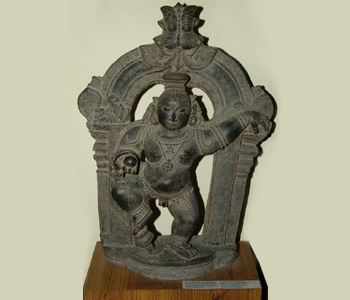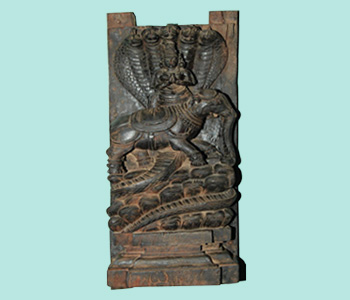Cuddalore

The Government Museum, Cuddalore was established in the year 1989. A Sculpture Garden in the Museum welcomes the visitors. In this sculputure garden Sivalinga,Nandhi, Vishnu, monkey scuptures, Narashima, Surya andChandikeswara are displayed. The development of Tamil script, dinosaur model and a model of Kali sculpture made of Fibreglass are kept in the entrance of the building.
The stone sculptures like Subramanya, Surya, NavanithaKrishna, Dakshinamurthi, Bhairava, Virabhadra, andSaptamatrika sculptures are best examples to the sculptural wealth of our ancestors. Bronze images ofGanesa, Vishnu, Nataraja, Somaskanda, and Krishna are displayed in the Bronze Gallery.
In the first floor Kattunaickkan Tribal materials, Stone Age tools, Musical Instruments, Agricultural implements of Kalvarayan hill tribes are displayed. Natural History specimens include South Indian Timbers, Fibers, Swan, Bear, Lizard and Snakes. Wood fossils and Ammonite fossils are also on display.
This Museum collection represents history, culture, flora and fauna of the district. Imparting knowledge to researchers, students and public through popular lectures, exhibitions and training programmes form part of educational activities.
Contact Details :
The Curator,
Government Museum,
No.21, Nehru Sports Stadium,
19, Hospital Road,
Cuddalore - 607 001.
Jayagovtmuseum111@gmail.com
FEW IMPORTANT EXHIBITS :
© 2025 All Rights Reserved . Government Museum
Designed & Developed by Webtrendz Technologies India Pvt Ltd






